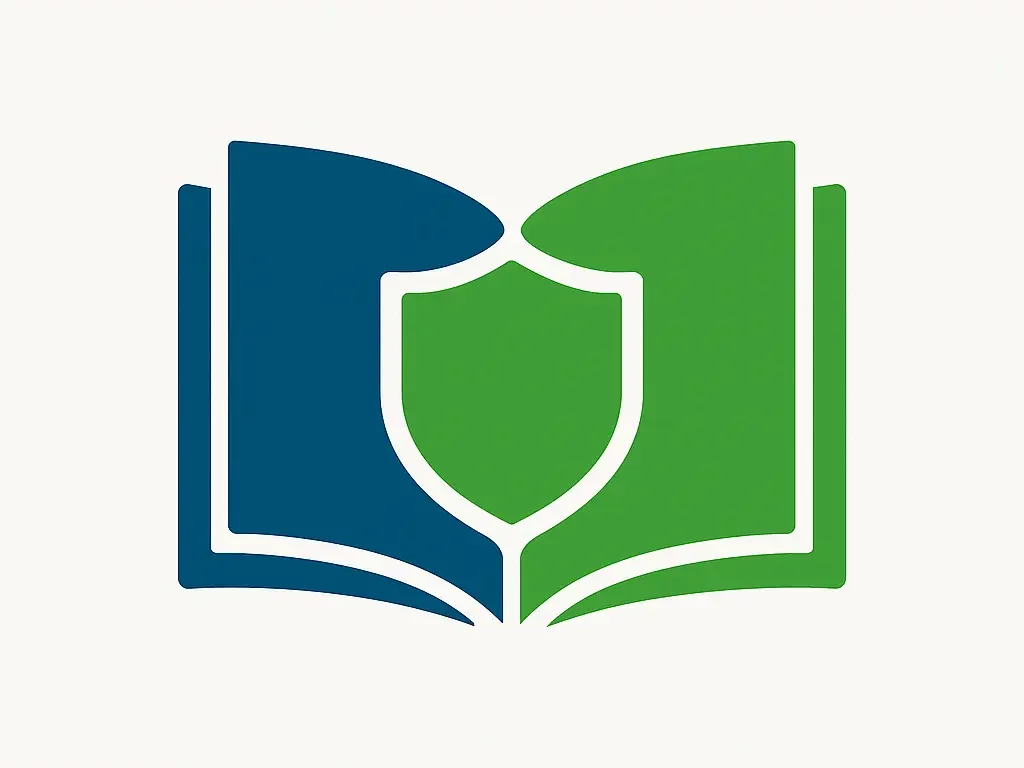Short answer: yes, a digital insurance ID is legal in Louisiana. I’ve used it more than once. It worked fine most times. But I learned a few small lessons the hard way.
I originally wrote up the nitty-gritty of that first experience in a full Louisiana digital-insurance field report if you’d like every last detail.
Let me explain, in plain talk, how it went for me.
Wait, so the phone thing is okay?
Yep. In Louisiana, you can show proof of car insurance on your phone. A card in your insurer’s app counts. A PDF or a clean screenshot is fine too. Think State Farm, GEICO, Progressive, USAA—those apps all show current ID cards. Louisiana’s rules are fairly forward-thinking: digital insurance IDs are legally accepted as proof of car insurance, and the LA Wallet app is on track to handle registration and insurance verification too.
LA Wallet is great for a digital driver’s license. But for insurance, I use my insurer’s app. Different apps, same phone. Simple enough.
Real-life moments that made me believe it
-
I-10 traffic stop near Gonzales
I got pulled over for speeding. Not proud. The Louisiana State Trooper asked for license, registration, and insurance. I opened my State Farm app, tapped ID card, and held it up. He read the policy number and the date. He said, “That works.” He gave me a warning for my speed and told me to slow down. I drove off a little shaky, but also relieved. -
OMV counter in Harvey
I went to renew a plate sticker. The clerk asked for proof of insurance. I showed my Progressive card on my phone. She typed in the policy number and said, “You’re good.” Quick and easy.
A different time, in Lafayette, a clerk asked for a printed copy. I didn’t have one. She pointed to a tiny print shop across the street. I emailed myself the PDF and printed it. Took ten minutes. Annoying? Yes. The rule allows digital, but some counters still like paper. People are people. -
Fender bender in Mid-City, New Orleans
I got tapped at a red light. Little dent, no drama. The other driver had GEICO. I had State Farm. We stood by the beignets shop, swapped info with phones out, and waited for NOPD. The officer took photos of both digital cards, wrote the report number, and sent us on our way. Claims went smooth, too. No one asked for paper. Not once. -
School parking permit for my teen
The school wanted proof of insurance to issue a parking tag. I emailed a PDF from the app. They accepted it, printed it, and put it in the file. Easy win.
What I liked (and why I stick with it)
- It updates itself. No digging for last year’s card.
- It’s on my phone, which I always have.
- It’s clear and readable. Big dates. Big policy number.
- Works with spotty service if I saved a screenshot. That part matters.
If you’re curious about the standards that make digital proof-of-insurance trustworthy in the first place, the breakdown at OpenID Book is a quick, jargon-free read.
What bugged me a bit
- Phone battery. If it’s dead, it’s useless.
- A few offices still want paper. Not many, but it happens.
- One time my app forgot my login. It needed a code. No cell bars. I had to use a screenshot I saved earlier. Thank goodness for that.
Little tips from my glove box brain
- Save a screenshot of the card when it updates. Do it every policy period.
- If your insurer supports Apple Wallet or Google Wallet, add it. Faster.
- Keep one paper copy in the glove box. Old school, but it saves time if someone frowns at your phone.
- Label the screenshot with the renewal month. I name mine “Ins-2025-03.”
- Lock your phone, but be ready to open it. Officers don’t need your whole phone—just the card.
Quick answers I get a lot
-
Do cops accept it?
In my experience, yes. Troopers and city officers looked at my digital card and moved on. -
Does OMV accept it?
Yes, generally. Still, once in a while, a clerk asks for paper. I bring a backup now. -
Is LA Wallet the same as insurance?
No. LA Wallet is for your license. Your insurance card lives in your insurer’s app or a PDF.
All of this feeds into a bigger picture: Millennials and Gen-Z have no problem letting their phones stand in for nearly everything—driver’s licenses, boarding passes, even entertainment that used to be strictly in-person. InstantChat’s recent article, “Here’s Why Millennials Are Using Sex Streams”, unpacks another corner of that digital-first mindset and shows how comfort with screens is reshaping surprisingly personal habits; it’s a fascinating read if you want to understand just how far the convenience factor can carry our behavior. That same screen-in-your-pocket simplicity extends to arranging on-demand companionship when you travel—if you ever find yourself near Seattle’s southern suburbs, you can scroll through Listcrawler Federal Way to browse up-to-date listings, photos, and user notes that help you connect with local providers quickly and discreetly.
My take, after a few miles
Digital insurance cards are legal in Louisiana and work in real life. I’ve used them with State Police, NOPD, and at the OMV. It’s fast, clean, and less clutter. I still keep a paper copy, because some desks are old habits in human form. But most days, the phone wins.
If you’re in Louisiana, you’re fine showing your insurance on your phone. Just keep a screenshot and a spare paper in the glove box. Belt and suspenders. Peace of mind.
—Kayla Sox
